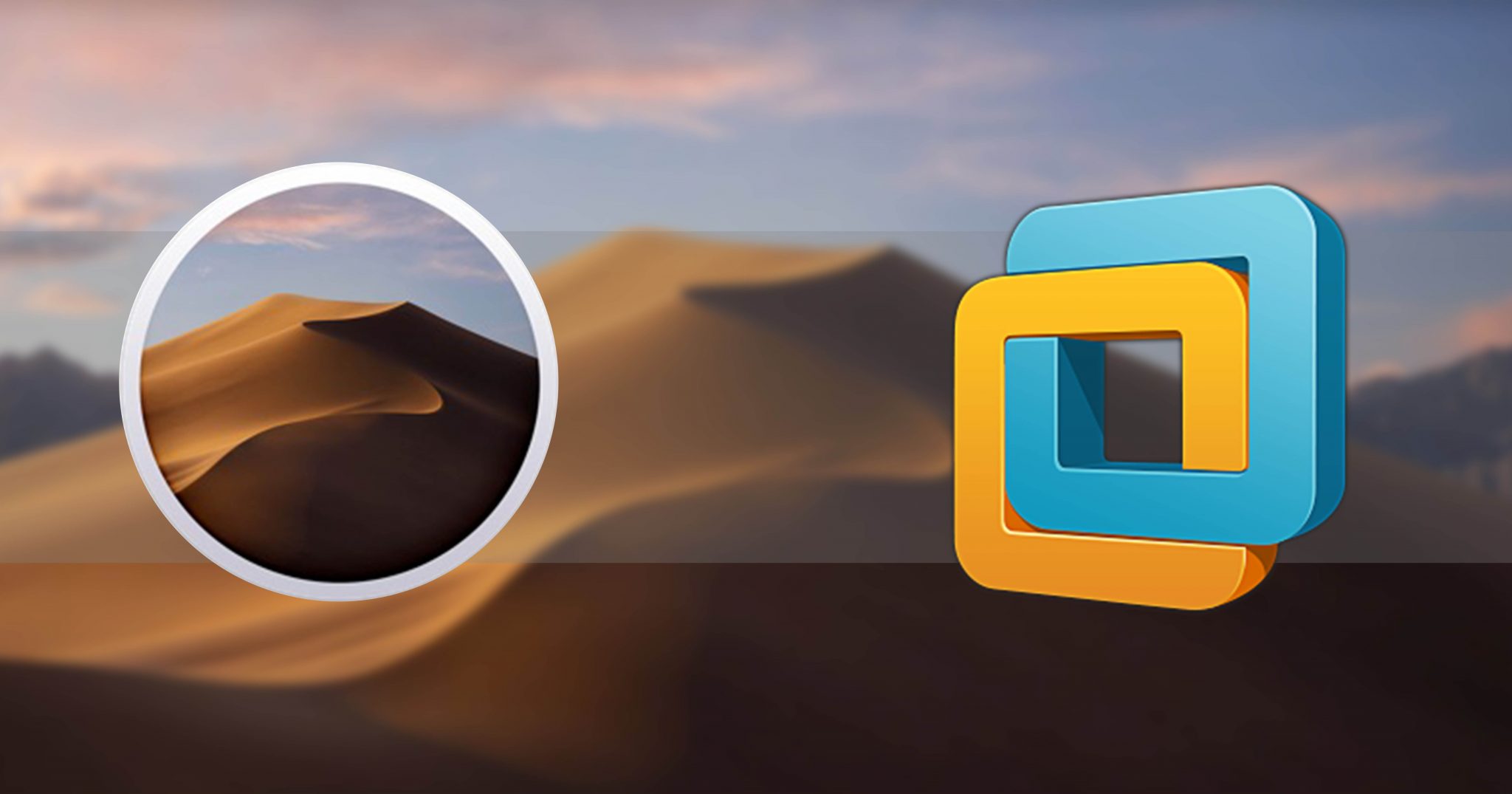

- #Macos mojave virtualbox how to
- #Macos mojave virtualbox mac os
- #Macos mojave virtualbox install
- #Macos mojave virtualbox driver
- #Macos mojave virtualbox manual
Monterey has a lot of interesting features that users want to experience and try out.
#Macos mojave virtualbox install
If you’re not thrilled with those protective mechanisms to MacOS, you can always disable Gatekeeper completely and disable System Integrity Protection as well, though doing so is generally not recommended.Good news for Windows users as you can now install macOS Monterey using VM VirtualBox on your PC.
#Macos mojave virtualbox manual
The newest macOS releases, like Mojave, take this further and also will require app notarization from the developer (or a manual bypass as instructed in the latter tutorial), or a Gatekeeper bypass for installing certain software that bundles kernel extensions as well, such as VirtualBox. By default, the more modern versions of MacOS have particularly strict Gatekeeper settings and will throw error messages stating that an app can’t be opened because it is from an unidentified developer and so forth, though simply right-clicking and choosing “Open” on most apps allows you to bypass that mechanism, and you can also bypass that from the Security preference panel too.

#Macos mojave virtualbox mac os
Additionally, GateKeeper is the Mac OS security mechanism that aims to prevent untrusted apps from being run or installed on the Mac. If you’re an advanced user (and you probably are if you’re running virtualization software and virtual machines in the first place) then you might be interested in allowing apps to be installed from anywhere in MacOS by adjusting Gatekeeper as instructed here.įor some quick background, MacOS Mojave 10.14.5 and later versions of MacOS require notarization to be able to install some apps outside the App Store. In the screenshot below you see VirtualBox running in MacOS 10.14.x with BeOS / Haiku OS. Now try installing and/or running VirtualBox, it should work fine within the latest versions of MacOS system software. This will likely only be a temporary necessity until VirtualBox eventually becomes notarized through the process outlined by Apple. Apparently “VB5E2TV963” is the code for Oracle, and entering this Gatekeeper exception into the command line will allow VirtualBox to install in the newest versions of MacOS with notarization requirements. This solution was posted in our comments below via VirtualBox forums and appears to work for many users running macOS 10.14.5 or newer (thanks to the various commenters to left this solution!).

Can’t Install / Run VirtualBox in MacOS 10.14.5 or Later? Try This If you are still experiencing issues, refer to the next step, which is a different procedure required in later versions of MacOS.
#Macos mojave virtualbox driver
Go ahead and run VirtualBox as usual, it should load fine without any further kernel driver error messages.

#Macos mojave virtualbox how to
How to Successfully Install VirtualBox in MacOS Mojave (if it fails)Īssuming you have already downloaded VirtualBox onto the Mac (it’s free to download here), here is how you can successfully install and run VirtualBox in MacOS Mojave: By the way, while this article is obviously focused on VirtualBox you will find this same general process is necessary for installing other apps that include kernel extensions. The reason for the installation failure and the inability for the kernel module to load successfully is due to security restrictions in MacOS Mojave, and thus to be able to successfully install VirtualBox and run the app you will need to make a relatively simple bypass of those aforementioned security restrictions (alternatively, you can also disable Gatekeeper completely but that is generally not recommended).


 0 kommentar(er)
0 kommentar(er)
